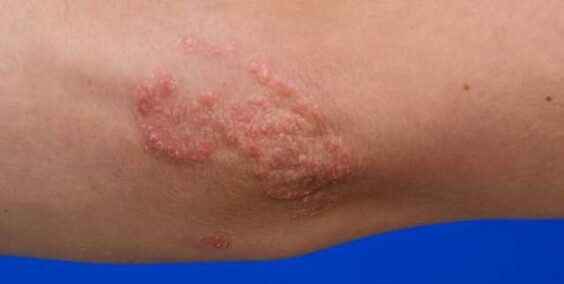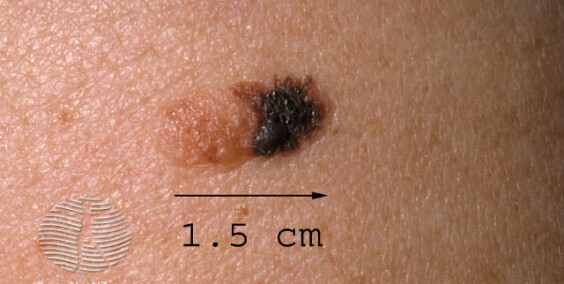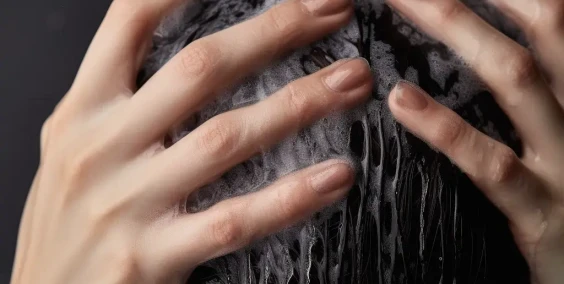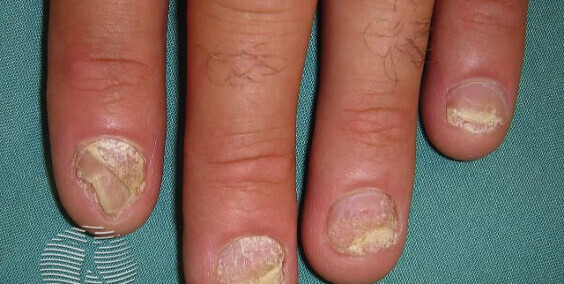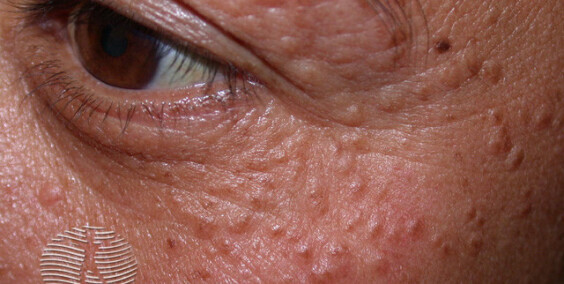Title: Demystifying Pustular Psoriasis: Symptoms, Types, and Management
Introduction:
Pustular psoriasis is a less common but distinctive form of psoriasis that can be both puzzling and challenging. In this article, we'll unravel the mysteries surrounding pustular psoriasis, exploring its symptoms, different types, and effective management strategies. For additional insights, refer to related articles on plaque psoriasis,
guttate psoriasis, inverse psoriasis, and nail psoriasis.
Understanding Pustular Psoriasis
Symptoms:
Pustular psoriasis is characterized by the presence of pus-filled blisters (pustules) on the skin. These pustules are non-infectious and can appear on localized areas or cover the entire body. The affected skin may also be red and tender.
Types:
There are different types of pustular psoriasis, including generalized pustular psoriasis (affecting large areas), palmoplantar pustulosis (occurring on the palms and soles), and acrodermatitis continua of Hallopeau (affecting fingers and toes).
Recognizing Pustular Psoriasis
Distinguishing Features:
Distinguishing pustular psoriasis involves recognizing the distinctive pustules, which are not caused by infection. Seeking professional medical advice is crucial for an accurate diagnosis and tailored treatment.
Medical Examination:
A healthcare professional, often a dermatologist, may conduct a thorough examination and, in some cases, order additional tests to confirm the diagnosis of pustular psoriasis.
Managing Pustular Psoriasis
Topical Treatments:
For localized cases, topical treatments such as corticosteroid creams or emollients may be prescribed. These aim to reduce inflammation and soothe the skin.
Systemic Medications:
In more severe cases, systemic medications like oral steroids or immunosuppressants may be recommended to address the underlying immune system dysfunction associated with pustular psoriasis.
Pustular Psoriasis and Pregnancy
Considerations during Pregnancy:
Pustular psoriasis can present unique challenges during pregnancy. It's essential for individuals with pustular psoriasis who are pregnant or planning to become pregnant to discuss their condition with their healthcare provider.
Conclusion
Pustular psoriasis may be less common, but understanding its symptoms, different types, and management options is crucial for those affected. If you suspect you have pustular psoriasis, seek guidance from a healthcare professional for accurate diagnosis and a personalized care plan. Stay informed and explore related articles on different types of psoriasis, including insights into plaque psoriasis, guttate psoriasis, inverse psoriasis, scalp psoriasis, and nail psoriasis, to gain a comprehensive understanding of the diverse nature of psoriasis.

